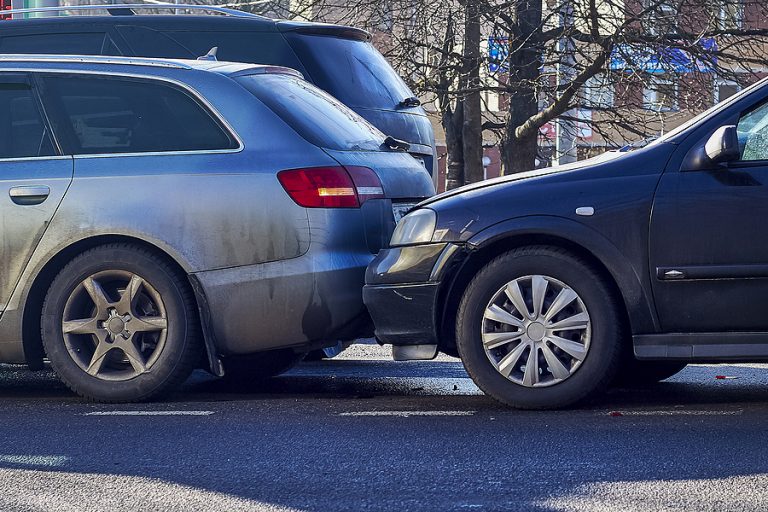Who Is at Fault for Rear End Collisions in Florida?
 Michael Babboni
Car Accidents
If you are from Florida, you probably already know it is a no-fault state. But do you really understand who is considered the one at fault in the case of a rear-end collision? We will cover that and more.
Michael Babboni
Car Accidents
If you are from Florida, you probably already know it is a no-fault state. But do you really understand who is considered the one at fault in the case of a rear-end collision? We will cover that and more.The Common Causes of Rear-End Accidents
Let’s start by going over some of the more common causes of rear-end accidents in St.Petersburg. These accidents are typically filed with the insurance company, and many are considered minor. However, some are more serious and involve catastrophic injury and even death.
According to research conducted by the NHTSA, most rear-end collisions occur because of certain dangers, including:
• Tailgating
• Distracted driving
• Driver intoxication
• Adverse weather conditions
• Road defects
• Children running into traffic
• Animals running into traffic
• Jaywalking pedestrians
• Construction zones
• Faulty brake lights
• Vehicle breakdowns
When it comes to tailgating—following another vehicle too closely—Florida statute 316.0895 states, “The driver of a motor vehicle shall not follow another vehicle more closely than is reasonable and prudent, having due regard for the speed of such vehicles and the traffic upon, and the condition of the highway.”
Who Is at Fault?
Regarding rear-end collisions, insurance adjusters usually put the fault on the vehicle in the back; however, this may not always be true. Negligence in these accidents can occur because the driver wasn’t paying attention, failed to stop within a reasonable amount of time, failed to drive at a reasonable speed, failed to maintain control of the vehicle, failed to use turn signals, failed to yield the right of way, and failed to follow at a safe distance.
To determine fault, each accident has to be looked at on its own to determine which driver may be to blame.
Florida Presumption of Fault
Florida presumption of fault states that there is a rebuttable presumption that the operator of a vehicle that rear-ends another may be at fault for causing the accident. However, evidence can be used against this and prove that the vehicle in the front may have caused the accident by stopping unexpectedly or slowing down for no reason.
The presumption of negligence in these cases can also be overcome using evidence showing that the vehicle was hit when suddenly changing lanes, causing the accident to occur.
For any negligence case in Florida, there are four elements: duty, breach, cause, and harm. Presumption of negligence takes away cause when there is a claim for a rear-end collision. Rear-end presumption can be seen more clearly in Eppler v Tarmac America, Inc., 752 So.2d 592, 594 (Fla.2000). This explains the origins of rear-end presumption in the state of Florida.
Gathering Evidence for Rear-End Collisions
When filing a claim for damages after a rear-end collision, you must gather the appropriate evidence to show who the at-fault driver is. It is the victim’s responsibility to gather this proof and support the claims made.
Some evidence to collect includes the police report, the investigative report, and anything else that shows how the other driver is liable for the accident. Photographic evidence showing where the accident took place, details regarding the weather conditions, and other similar evidence can be used to gather proof of damages.
The rear driver can also show their own evidence to rebut the other’s claims. They need to show proof that the lead driver stopped suddenly or abruptly and sooner than reasonably expected.
If you were involved in a rear-end collision in St. Petersburg and claim the other driver was at fault, it can help to have an experienced personal injury attorney on your side.
